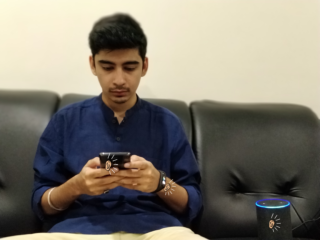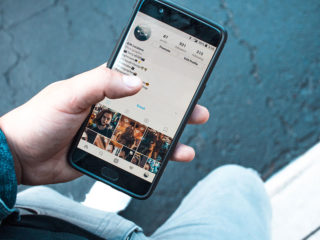11 years ago, a blog post called ‘1000 True Fans’ went crazy viral on the internet. Seth Godin mentioned it on his blog calling it ‘Kevin Kelly’s best riff of the year’. It was and continues to be the most prescient idea, and the idea’s time has finally come in the last few years.
To recap, Kevin Kelly, founding editor of Wired Magazine, talked about the Long Tail effect working for the benefit of creators of all sorts. If a painter, filmmaker, or writer wanted to make a living doing what they loved, they could do so provided they have in the ballpark of 1,000 ‘True Fans’. He defined what a true fan would be like, and how the number 1,000 would change depending on the cost of the created item being sold.
“True Fans will support you and your ideas. They will fight for you in YouTube comments and twitter threads.”
The growth of social networks since then has been exponential. Networks have used the ‘free with ads’ model to scale and reach billions around the world. Sites like YouTube monetize videos through ads and share the profits with the creators. With sites like Patreon, creators can go directly to the end consumer/fan and get recurring income from them.

Creators on platforms like Instagram grow their audience and monetize their presence by partnering with brands and creating custom content or endorsing the brand outright.
An entire economy has evolved in the Long Tail, the portion of a standard distribution distant from the ‘head’, yet profitable for the participants who find themselves there. Independent creators can finally have a shot at earning more than a hand-to-mouth existence. This gives them the comfort to pursue the work they really like to do, as opposed to just working for money.
True Fans will support you and your ideas. They will fight for you in YouTube comments and twitter threads. They can create movements that go viral on your behalf. And they have the power to sustain you as an Influencer or dethrone you. Such is their dual power.
“Platforms are wont to change policies at their whims to suit their bottomlines rather than their creators.”

This is what democratic capitalism in action looks like. For every PewdiePie raking in millions of dollars a year, there is a microinfluencer with less than 20,000 followers (on platforms like TikTok or Instagram) making a more than decent living.
“You don’t have to be a sportsperson or politician or actor to have fans and to be able to monetize fans.”
There are drawbacks, though. Platforms are wont to change policies at their whims to suit their bottomlines rather than their creators. Other platforms gain popularity, but make no money, and are ended unceremoniously, leaving creators in the lurch. Fans themselves can turn on the creator and leave in droves.
Despite some negatives, it truly is the age of the Long Tail Influencer. You don’t have to be a sportsperson or politician or actor to have fans and to be able to monetize those fans. In return, all fans ask is your regular attention and their daily entertainment. As an influencer, you decide if this is the price you’re willing to pay for the benefits that will eventually accrue to you.

In the marketing perspective, Influencer marketing is only going to grow, despite efforts by certain networks to reduce the data available to brands of influencers’ likes, etc. Brands will, in turn, be more alert about who they partner with, and look to third-party sites and agencies to identify trustable influencers.
It’s a win-win-win for all stakeholders in this new attention economy. Brands win, fans win, and the Influencers, of course, win.











